Is Your Child Screened Out? (Screen Time)

Disconnect to reconnect!
Screens are replacing developmentally appropriate activities for children. Unfortunately, too much screen time can impair everything from language and social skills to motor and impulse control. But in a tech-savvy world, what can parents and teachers do about it?
The answers are simpler than you might think.
Read on to learn how your child can become happier, healthier, and socially connected by replacing screen time with human time.
How Much
Is too Much?
Not all technology is bad, but it’s important to set healthy boundaries that for your family. At right are recommendations to consider.
Limits are important because technology can negatively affect:
- – Brain development
- – Social/emotional skills
- – Language development
- – Motor skills
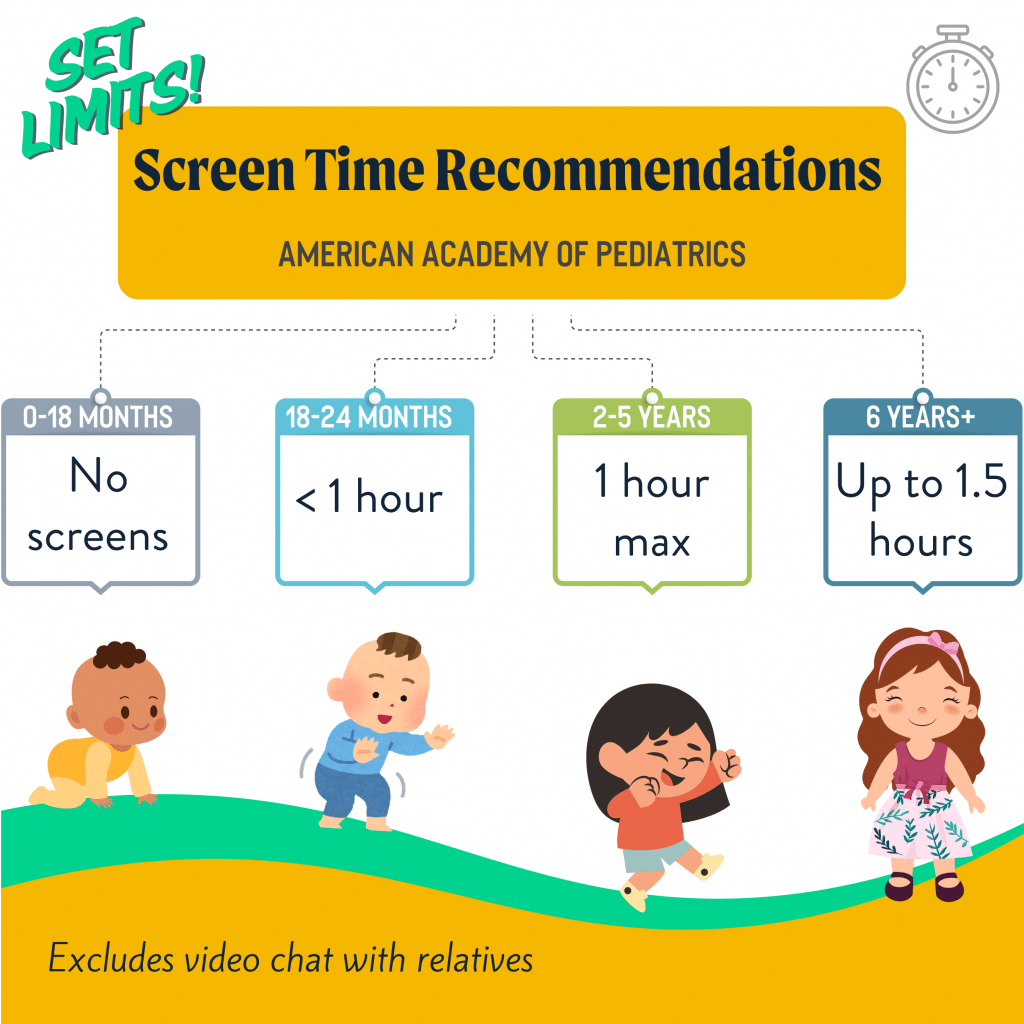
Brain Development
When children are born, their brains aren’t fully functional. From birth to age three, all learning takes place through human interaction. Screens can’t replace that.
Is screen time ok if my kids only use educational items?
Young children can’t learn from screens, and screens don’t help any children learn better or faster than people. If you do use educational programs, get the most out of that time:
- Watch screens with your child. Kids need someone to make connections between what’s on the screen and real life. Watch media together and comment on what’s happening to young kids. For older kids, ask thought-provoking questions. See International Children’s Media Center for more.
- Know what apps / games your child uses. Limit use, even on programs marked “educational.” They may not actually be educational and are no substitute for real-world learning. Sites like esrb.org can help you decide what video games are appropriate.
What counts as screen time?
Passive activities, like mindlessly watching videos or shows, scrolling digital content, or digital games that have no development benefits or connection to the real world. Screen time does NOT include video chat with real people, like family.
Screen time keeps my kids calm. Won’t they get upset if I take that away?
Programs are addictive because they are designed to be engaging. That’s not a good thing.
Screens appear to calm children because every bit of their brain is working to keep up with graphics. When children’s brains are in this reactive mode, they’re not proactively engaging in physical, creative, social, or other positive developmental activity.
Social and Emotional Development
If children don’t get what they need from their relationships and environments, that can seriously delay skill development. Screen time reduces interaction with people. That time is necessary for forming strong, lasting relationships. Too much screen time at younger ages (1-3) can particularly harm social and other skills.
What can I do to help my child develop?
One of the best things you can do with your child is play with them. Giving children a social, “play-based” childhood supports skills across all development: social and emotional, language, problem-solving, and motor skills. This helps prepare children for academic learning and become successful adults. It also stimulates senses and sparks creativity.
Toys can help kids grow, but going old school is usually best for development. Kids who play with electronic toys show poorer language skills compared to children who play with toys that don’t need batteries, like building blocks.
Even without toys, there are great ways to play with your child, like pretend games. Make up stories together or turn a living room fort into a castle.

What can I use to play with my young child?
Young kids who use tablets show more anger and frustration as they age than other kids. Play is a great way for children to practice impulse control, decision making, concentration, and other skills to help manage feelings. The pleasure of playing with others motivates children to develop those skills.
Here are a few easy ways to support language-rich play:
- Describe how to do something, like a cooking show hosts talking to an audience.
- Describe what your child is doing or should be doing, like a sports broadcaster talking to an audience.
- Use old-school games like Tic-Tac-Toe, Hide and Go Seek, board games, cards, sorting, Rock Paper Scissors, Name That Tune, etc.
Does my screen time affect my child?
For most adults, daily screen time is unavoidable. However, the less time you spend on screens, especially around your child, the better.
Nurturing relationships are necessary to develop planning, organization, and task completion skills, as well as self control. That’s why it’s so important to be present with your child. Also keep in mind that children learn by watching you. Practice healthy activities you expect of your child.
Language Development
Speaking is the foundation for writing. That’s why young kids who struggle with language often later have a reading disability. It’s also why conversation is so important.
How do you talk to a toddler?
It’s not hard. Just meet them where they are. Literally. Get down to their level, face to face. From there, talk about what YOU are doing and thinking. Then comment on what they’re doing or looking at.
The key is to take turns; don’t do all the talking. If you follow their lead and do what interests them, you’ll be chatting and bonding in no time!
What’s the best way to introduce young children to reading?
Reading is a fantastic way to develop your child’s brain and prepare them for the future!
- The library is your best book source. Studies show that children can stay focused on stories more with paper books than digital. Libraries provide free, bottomless sources of information and wonder that kids can feel with their own hands.
- Dolly Parton’s Imagination Library is a great resource. It provides free books to children under age five.
- Our Babble.Talk.Read. program walks through the first six years of reading development.

Motor Skill Development
Kids were made to move!
When children are looking at screens, they aren’t playing. That can result in underdeveloped muscles and motor skills.
How can I make sure my child is moving enough?
You can’t teach a child to walk with a video. What you can do is:
-
- Get them moving! The World Health Organization recommends kids ages 2-4 get at least three hours of exercise a day. It doesn’t matter if it’s running, dancing, swimming, or games, as long as they keep their bodies in motion throughout the day.
- Unplug and set expectations. Explain how, when, where, and how long you expect your children to use devices. Put them away at family time and at least an hour before bedtime.
- Talk to your children. If you’re worried about their tech use, explain your concerns and work together on a plan. Remind them the best moments are experienced in the real world!

Social Media Shareables
DOWNLOAD ALL IMAGES BELOW HERE.
You can also download posts individually. Simply click on the image you want, then right-click to save it. Next to images are suggested post intros, but feel free to rewrite for your channel.
Image Preview

Intro language (optional)
Not all tech use is bad. But too much screen time can hurt children’s brain development & motor skills. Here are some healthy boundaries to consider.
LINK: greenbush.org/screentime

From birth to age three, children ONLY learn from people. Screens can’t replace real human connection, no matter what labels claim.
LINK: greenbush.org/screentime

Kids spend 1,600+ hours a year on screens. Tech shapes how kids think, feel, and connect, often in ways that harm learning and empathy. Kids need YOU to connect the dots! Watch media together. See International Children’s Media Center for tips.
LINK: icmediacenter.org
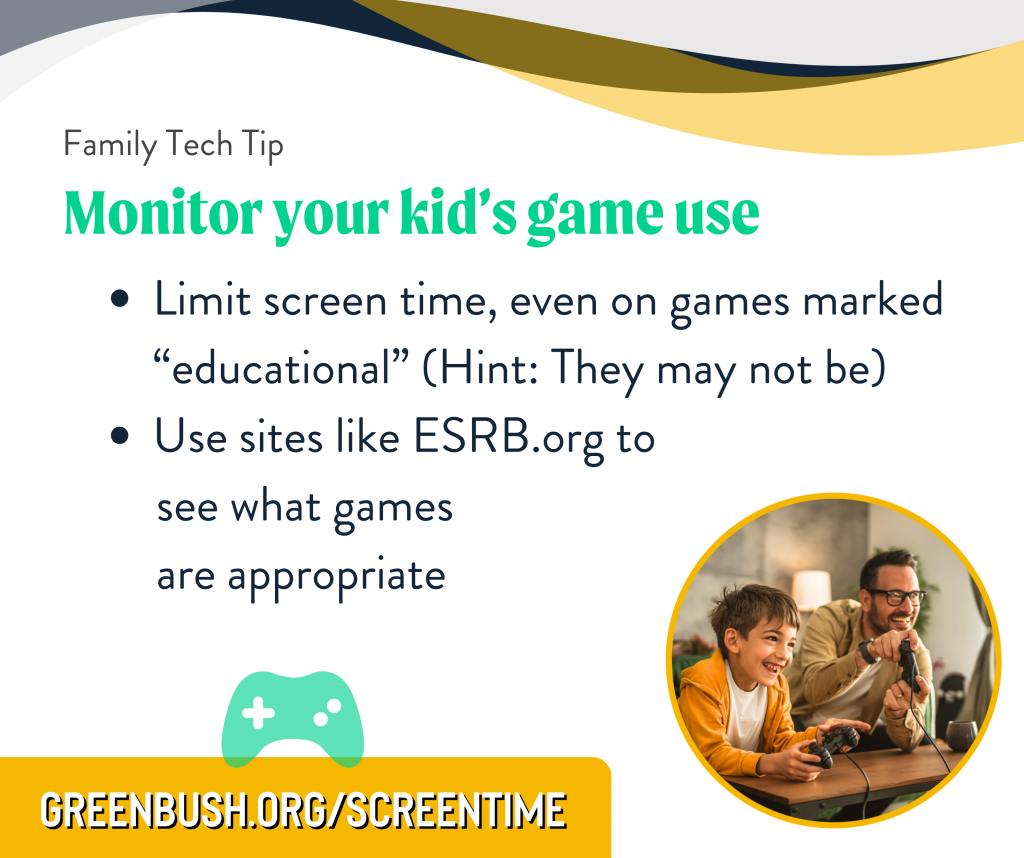
Do you know what games your kid is playing? Violence isn’t the only concern. Too much of ANY screen time can be bad for brain development. Learn more.
LINK: greenbush.org/screentime

Screens are a spooky kind of brain candy. They trick kids into getting hooked on graphics. The real scare? Less time for healthy treats like playing with friends and being creative.
LINK: greenbush.org/screentime
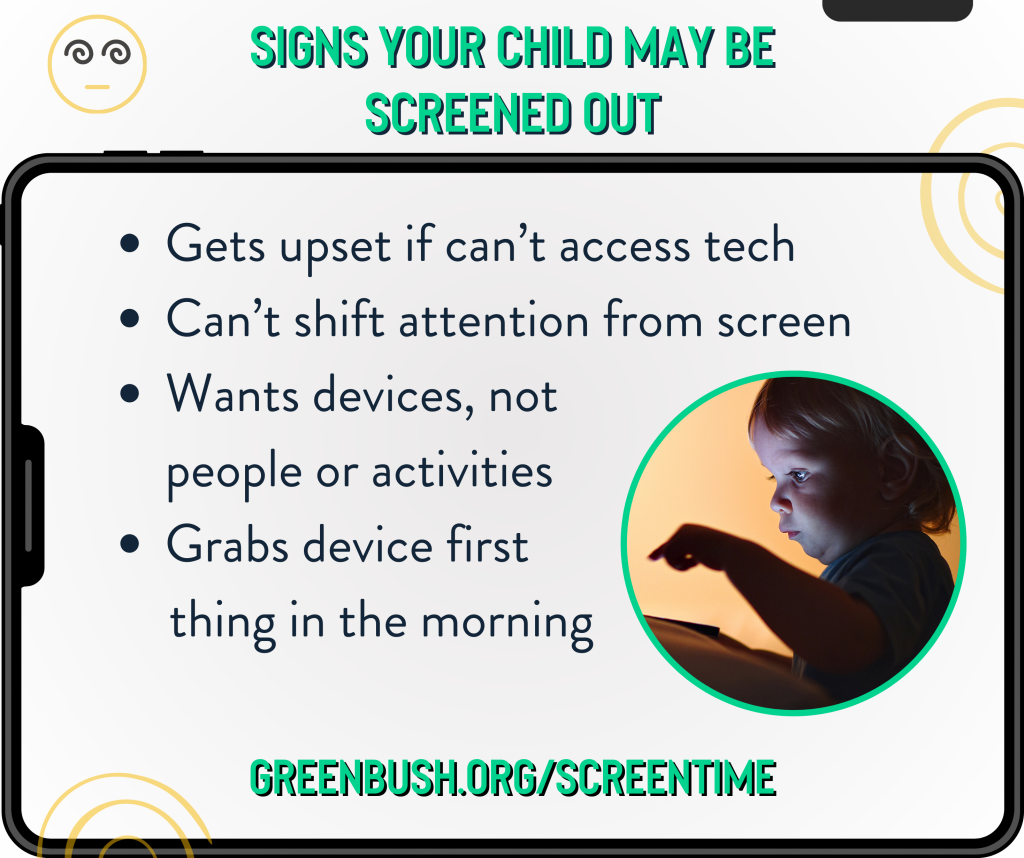
It can be hard to tell how much tech is too much. Look for these red flags. They could mean it’s time to turn off your kid’s screen.
LINK: greenbush.org/screentime
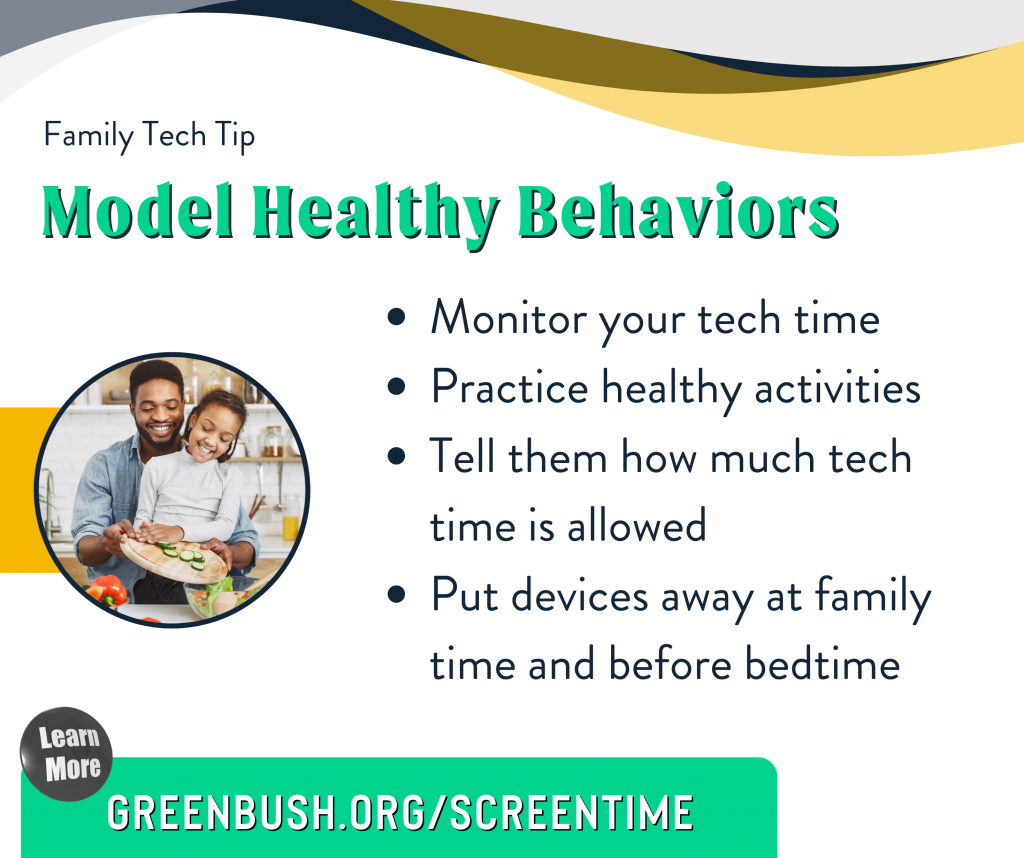
Kids learn by watching. Practice healthy activities you expect of your child.
LINK: greenbush.org/screentime

Colorful graphics tempt kids’ brains. Switch settings to grayscale to make devices less fun & cut screen time!
LINK: greenbush.org/screentime
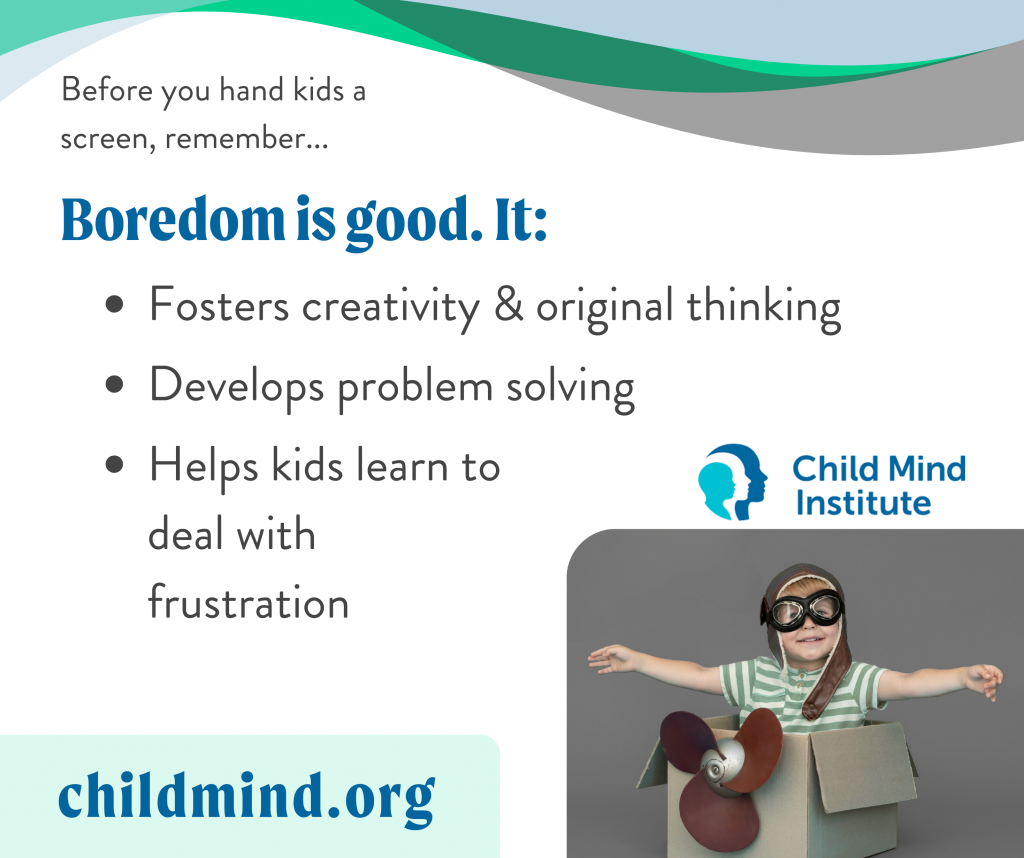
Tired of, “I’m bored?” We get it. But instead of handing kids a screen, let them figure it out. Boredom is good for brain development. Learn more.
LINK: Child Mind Institute

Too much screen time is bad for kids. Even educational electronics can’t beat old-school toys for brain development. Ditch the phone, grab the crayons, & let those imaginations loose!
LINK: greenbush.org/screentime
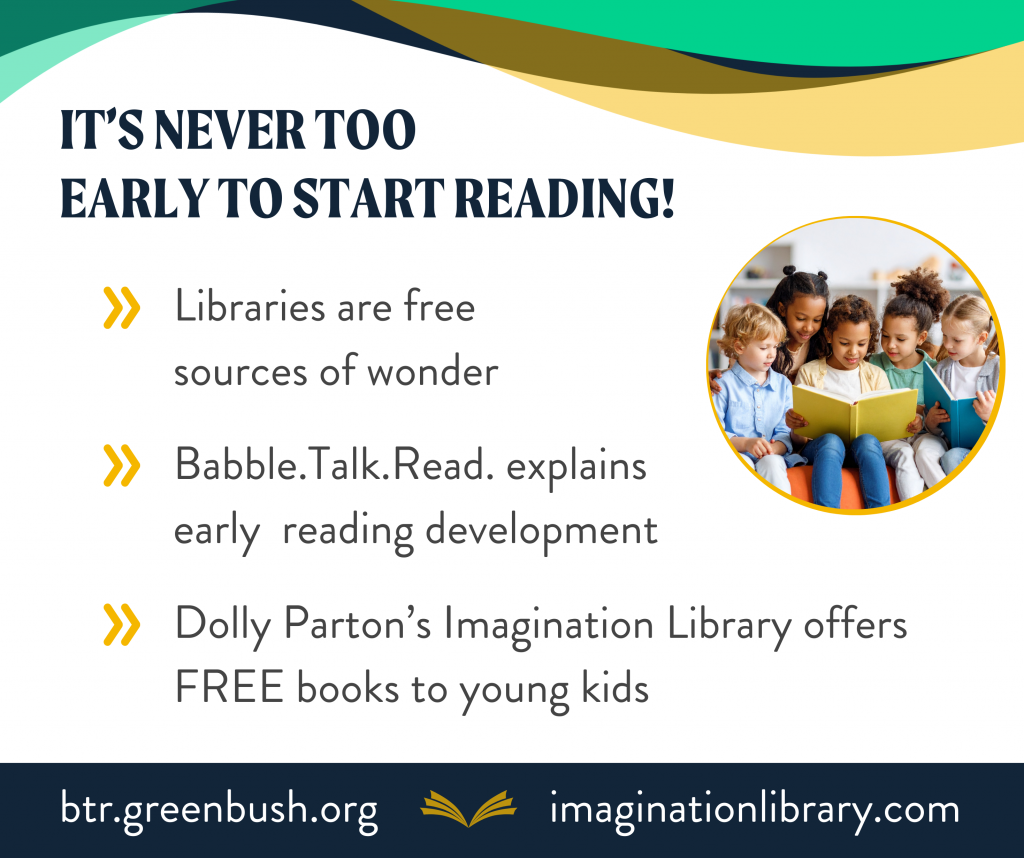
Reading is great for developing your child’s brain! Check out these resources to kickstart your kid’s reading career.
LINK: greenbush.org/screentime

When kids are on screens, they aren’t playing. That means weaker muscles & motor skills. Put down the phones—Go play instead!
LINK: greenbush.org/screentime




